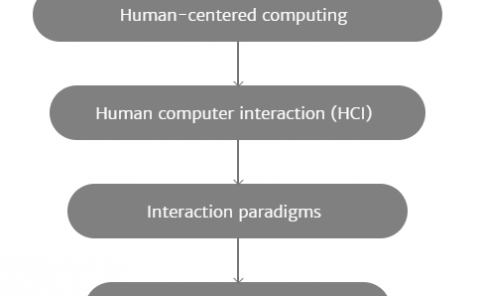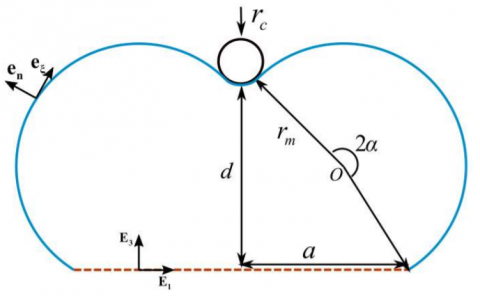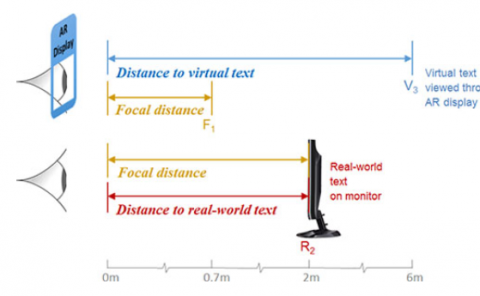Control of vertical posture while elevating one foot to avoid a real or virtual obstacle
PubDate: March 2017
Teams: Jobu University;University of Montana;University of Illinois at Chicago
Writers: Hirofumi Ida, Sambit Mohapatra & Alexander Aruin
PDF: Control of vertical posture while elevating one foot to avoid a real or virtual obstacle

Abstract
The purpose of this study is to investigate the control of vertical posture during obstacle avoidance in a real versus a virtual reality (VR) environment. Ten healthy participants stood upright and lifted one leg to avoid colliding with a real obstacle sliding on the floor toward a participant and with its virtual image. Virtual obstacles were delivered by a head mounted display (HMD) or a 3D projector. The acceleration of the foot, center of pressure, and electrical activity of the leg and trunk muscles were measured and analyzed during the time intervals typical for early postural adjustments (EPAs), anticipatory postural adjustments (APAs), and compensatory postural adjustments (CPAs). The results showed that the peak acceleration of foot elevation in the HMD condition decreased significantly when compared with that of the real and 3D projector conditions. Reduced activity of the leg and trunk muscles was seen when dealing with virtual obstacles (HMD and 3D projector) as compared with that seen when dealing with real obstacles. These effects were more pronounced during APAs and CPAs. The onsets of muscle activities in the supporting limb were seen during EPAs and APAs. The observed modulation of muscle activity and altered patterns of movement seen while avoiding a virtual obstacle should be considered when designing virtual rehabilitation protocols.



